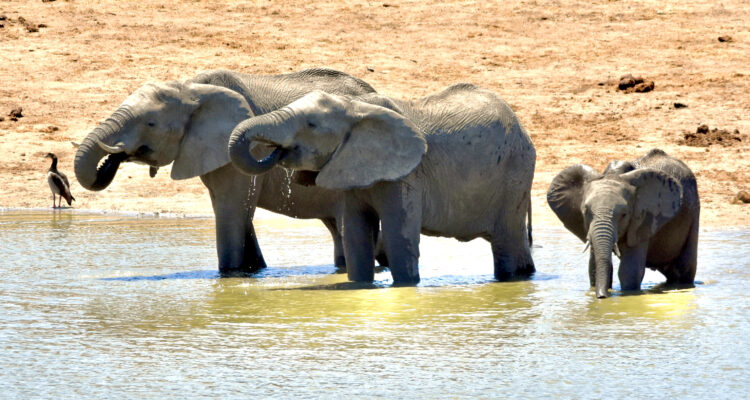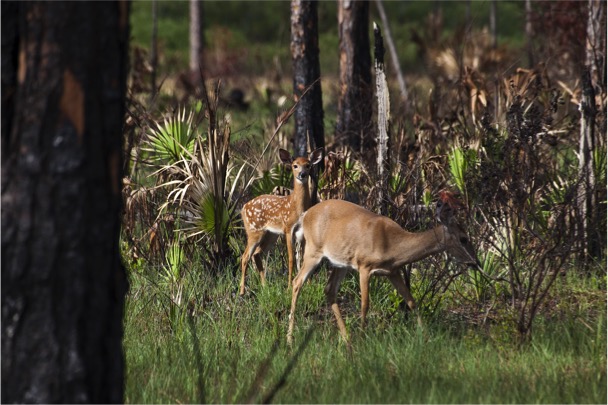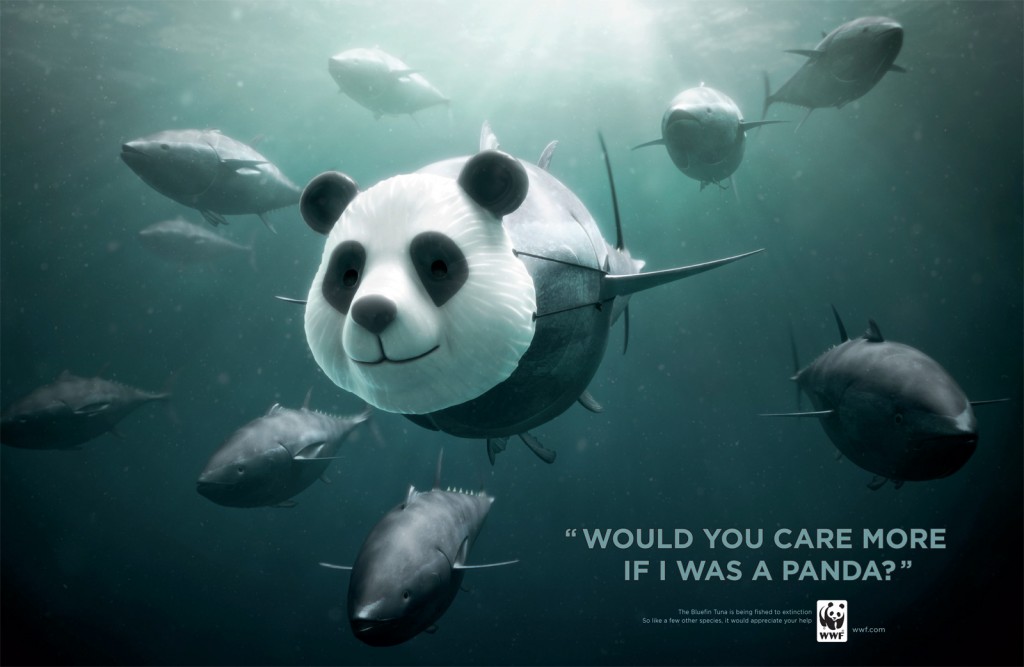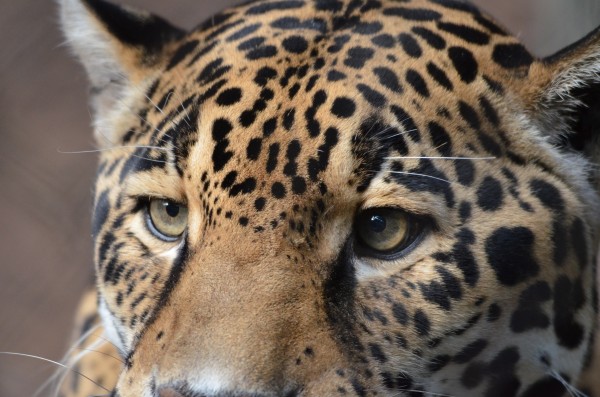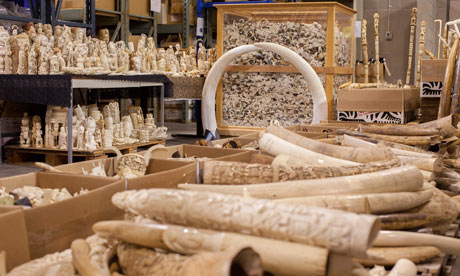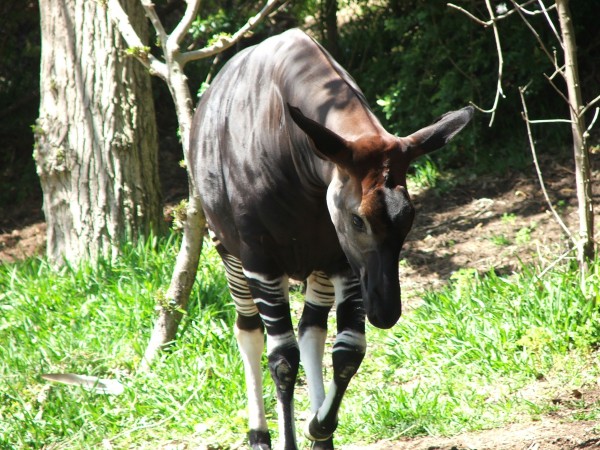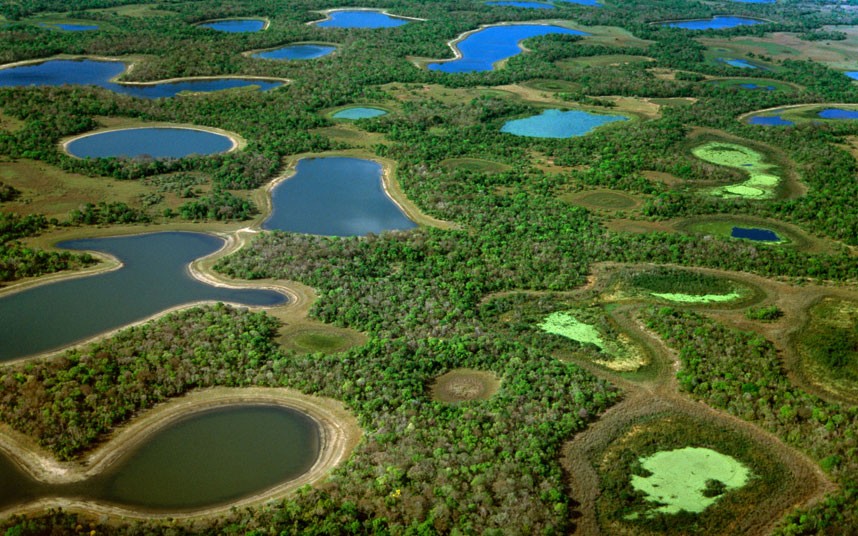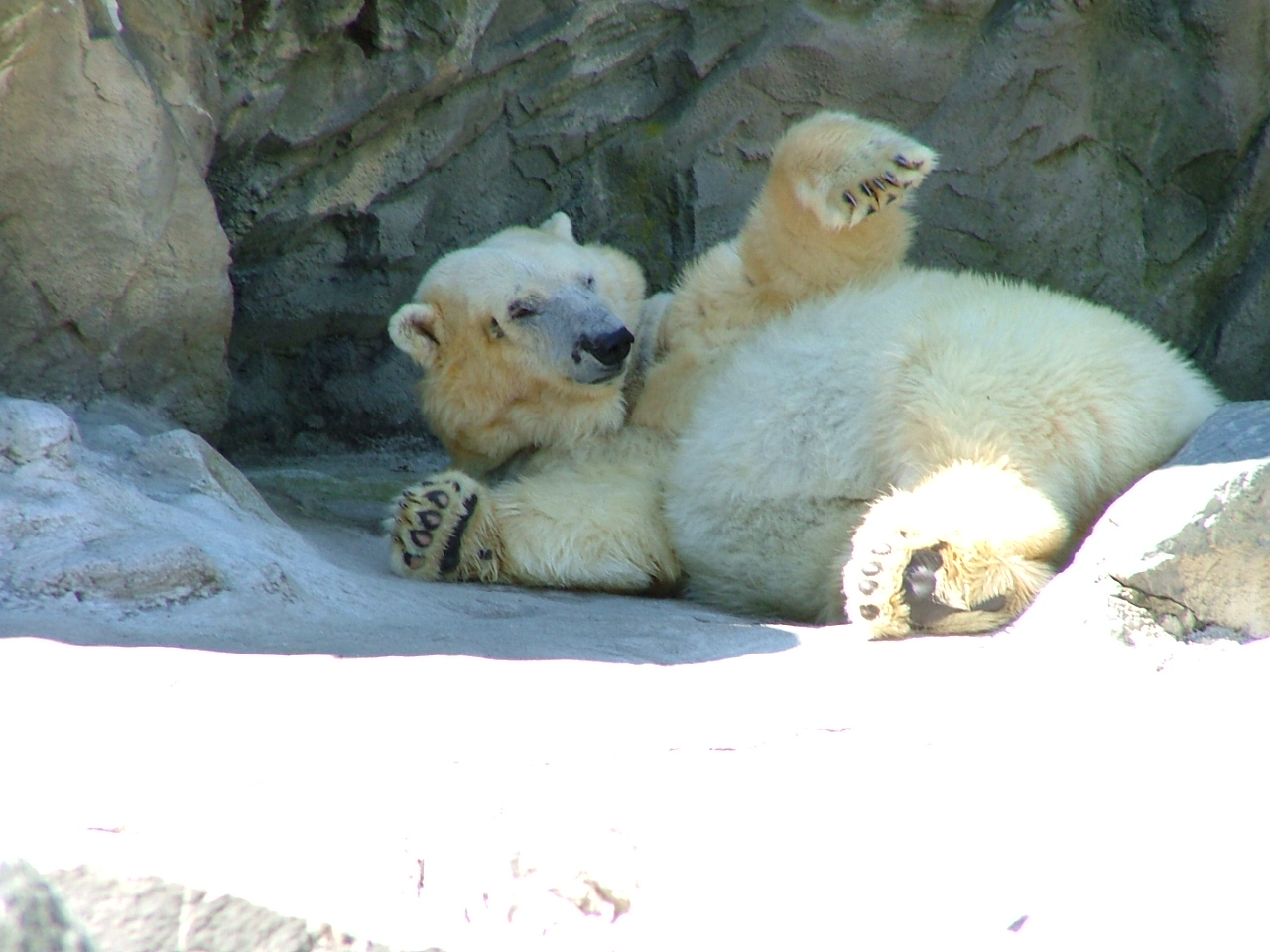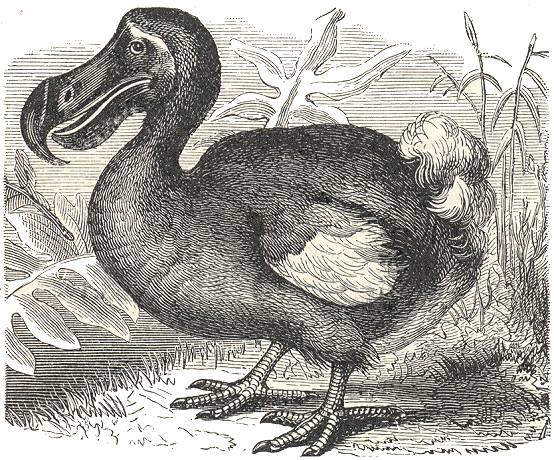“In March 2020, at the beginning of a global pandemic, elephant carcasses were found in the Ngamiland district of northern Botswana. Within three months from the initial report, helicopter-based surveys counted a total of 350 dead elephants. Carcasses of males and females were found by themselves with 70% near water. In some cases, it was as though the animal was walking and just collapsed. Locals would state that some elephants were observed walking in circles with extremely low body condition before death. Due to Covid-related travel restrictions, carcasses were not thoroughly examined, and tissue samples not collected; thus, a causative …
Botswana’s Mass Elephant Die-Off
